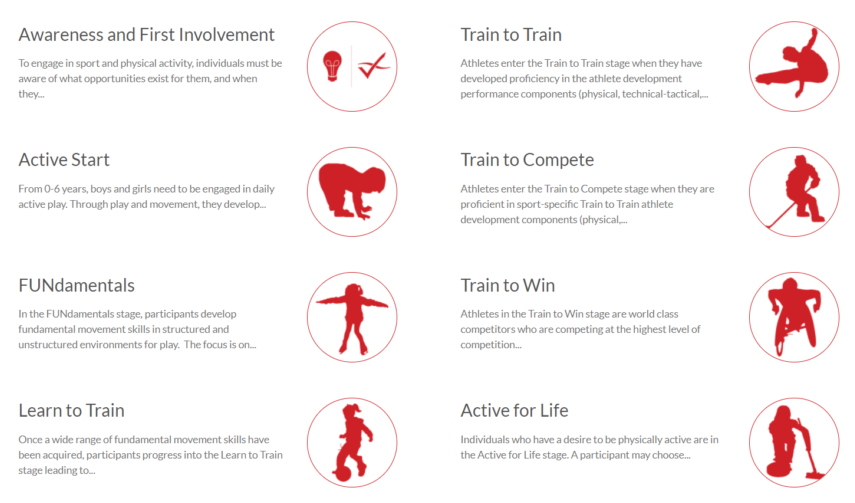“Beyond the Nick” is squash’s adaptation of Sport for Life, a movement to increase the profile of sport in Canadian society. It recognizes the importance of sport from childhood through adulthood, and promotes healthy development by teaching physical skills that will help achieve healthy, life-long sporting success. To download the manual – Click Here
Squash Today and Tomorrow
Today, Canadian squash is thriving. Tens of thousands of recreational players enjoy the sport across the country and dozens of high performance athletes successfully compete in the international arena. But what about tomorrow? LTD is about securing our place in the game long into the future, at the recreational level and in the high performance ranks.
The Importance of “Beyond the Nick”
The introduction of LTD is an important leap forward. Guidelines for training, competition and recovery are based on the science of human maturation and proven best practices in coaching. LTD is positioned to promote physical literacy and the growth of squash in Canada. It will help our sport to thrive by encouraging participation by all Canadians across the country. In the coming decades, it will also help Canadian players consistently reach the podium at international competition.
 Beyond The Nick website by Squash Canada
Beyond The Nick website by Squash Canada



